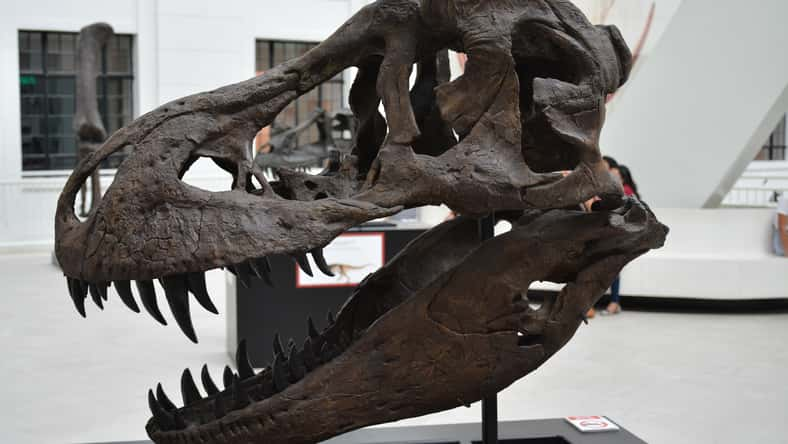
Some kids dig in sandboxes, while others dig up significant pieces of history. Two years ago, an eight-year-old kid named Lucas Atchison was on a family trip in Point Farms Provincial Park in Ontario, Canada.
He had just received a metal detector as a birthday present and was scanning the area while listening for that telltale beep signaling a discovery. Eventually, he found something and dug into the ground enthusiastically.
He uncovered a metal spike, which his father thought was some kind of tool used for tying up boats. But the child wanted to continue digging, and soon enough, they unearthed another spike attached to a piece of wood.
Further inspection revealed that the finds were part of a shipwreck that was two centuries old. Talk about a once-in-a-lifetime discovery! Clearly, childhood hobbies can pay off in the most unexpected ways.
Once they realized what they had stumbled upon, the boy and his family reported the discovery to park staff, who then reached out to the nonprofit Ontario Marine Heritage Committee (OMHC).
The OMHC met with Lucas in 2023, but it took several years to obtain the proper permits to conduct excavations in the area. At last, archaeologists began digging earlier this month.
The ship was likely an old schooner, which is a type of two-masted sailing vessel made of wood. It had double frames, suggesting that it was built to transport large amounts of cargo. However, the exact identity of the ship is unclear.
Researchers believe that the ship could be the St. Anthony, which was wrecked in 1856 near Lake Huron. The vessel had been transporting wheat between Chicago and Buffalo.
A newspaper clipping from 1856 suggested that the schooner ran aground four miles north of Goderich, Ontario, which is around where the recently discovered wreckage was located.

Sign up for Chip Chick’s newsletter and get stories like this delivered to your inbox.
The researchers are currently creating drawings of the shipwreck from different angles to analyze it in more detail. They are also examining 19th-century insurance requirements for ships.
The documents could provide clues about the vessel’s identity and when it was lost. They include specifications for ships at the time, such as the number of fasteners, or spikes, each type of boat should have.
In the future, the researchers plan to rebury the shipwreck in an anaerobic, oxygen-free environment to protect it from parasites and organisms that cause degradation.
Lucas’ discovery is proof that you don’t always need fancy technology and equipment to make major archaeological finds. Sometimes, a young explorer, a simple metal detector, and curiosity will suffice.
Other finds made with the help of a metal detector include an ancient hoard of Roman coins in Romania, a 4,000-year-old axe on a Scottish farm, and a rare 4.6 billion-year-old meteorite in Australia.












